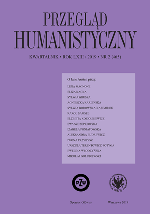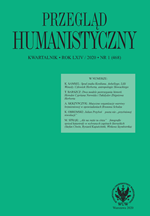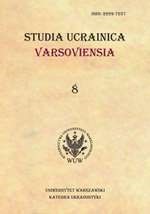
Lektury bohaterek Jane Austen – utopijna edukacja sentymentalna czy ucieczka przed odpowiedzialnością?
The article is to describe an interesting phenomenon of the duplication of the literary patterns of behaviour among female protagonists created by Jane Austen. The subject of the paper is the analysis of the set books of the heroines invented by the British author in the both social and cultural context. Jane Austen’s novels can be regarded as the treasury of knowledge on the existence of the young girls at that time. The omnipresent conventions took away their right to dreams and self-fulfilment in almost every sphere of life. Lots of them found the coveted hope of improving their lives on the pages of overly aesthetic, sentimental novels. The characters from the books became inspirational among the female sex. The view of young ladies was based on their inner cultivation of the behaviour and mood which were inseparable from the girls from the popular romances. The patterns, continually given by fiction, took the place of humanistic and scientific knowledge, making the girls unaware – without the simplest information about the world. The subjects given in a wrong way by wrong teachers lowered their interest in education among youth, which also led to the popularity of sentimental, historical (especially those presenting the romance on the background of crucial events form the history of the given country) and Gothic novels. The text will concern the analysis of the attitude of the heroines created by the British author – on the basis of their set books and the position of Jane Austen in the range of literary criticism and the above-mentioned social phenomenon.
More...

